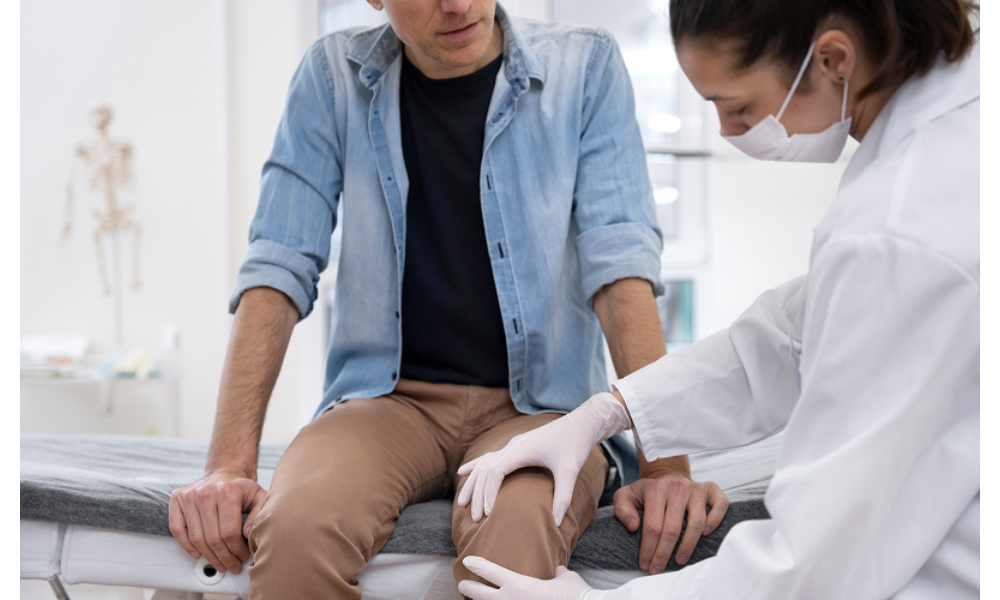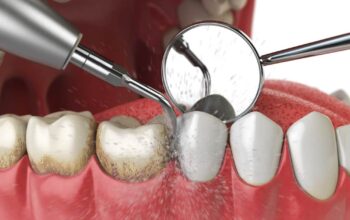Osteoarthritis is a progressive condition that often requires a structured management plan to maintain mobility and reduce pain. Once symptoms such as joint stiffness, swelling, or difficulty walking begin to interfere with daily activities, seeking medical help becomes necessary. Understanding what happens during the first consultation with an osteoarthritis doctor helps patients approach the process with practical expectations.
Initial Intake and Patient History
The consultation begins with a thorough review of the patient’s medical history. The osteoarthritis doctor will inquire about when symptoms started, which joints are affected, and how the condition has impacted daily function. Details such as prior injuries, family history of joint diseases, lifestyle factors (e.g., occupation, exercise habits), and previous treatments are essential for a proper assessment. Patients referred by polyclinics may already come with basic blood tests or imaging results. However, specialists in private ortho clinics often repeat diagnostic steps to confirm severity and rule out other joint conditions like rheumatoid arthritis or gout.
Physical Examination and Functional Assessment
Following the intake, the doctor conducts a physical examination. This assessment includes checking the range of motion of the affected joints, detecting any swelling or deformity, and observing gait or movement. Some osteoarthritis doctors also perform strength and stability tests on weight-bearing joints, particularly the knees and hips. The functional assessment helps determine how advanced the osteoarthritis is and guides the choice of intervention—whether conservative or surgical. Ortho clinics may also use mobility scoring tools or validated questionnaires to benchmark the patient’s current physical capacity.
Imaging and Diagnostic Testing
Osteoarthritis diagnosis typically requires imaging. Most first consultations include a request for X-rays to evaluate joint space narrowing, bone spurs, or other degenerative changes. MRI or CT scans may be ordered in more complex cases, especially when the symptoms do not align with X-ray findings, to assess cartilage damage or bone alignment. Blood tests may be necessary to rule out inflammatory or autoimmune causes of joint pain. Some orthos in Singapore who operate within hospital settings may offer same-day diagnostics, while standalone clinics may refer patients to external radiology centres.
Discussion of Diagnosis and Treatment Options
Once the imaging and test results are reviewed, the osteoarthritis doctor provides a working diagnosis and outlines possible treatment options. Non-surgical interventions are prioritised for early to moderate stages. These include oral medications like NSAIDs, joint supplements, physiotherapy, and weight management. Intra-articular injections such as corticosteroids or hyaluronic acid may be discussed for symptom relief. Surgical referral to an orthopaedic surgeon may be initiated for patients with advanced joint degeneration. Many ortho doctors practise within multidisciplinary settings, enabling coordination between surgeons, physiotherapists, and pain specialists as part of the care plan.
Cost Considerations and Next Steps
Financial discussions are often part of the first consultation, especially in the city-state’s dual public-private healthcare environment. Public hospitals offer subsidised consultations and treatments but may have longer waiting times. Private ortho clinics provide quicker access and personalised care but come with higher out-of-pocket expenses. The osteoarthritis doctor may also advise on insurance claims, MediSave coverage for injections or physiotherapy, and the expected timeline for follow-ups. Patients are usually scheduled for review within 4–6 weeks after starting a treatment plan, with periodic imaging to monitor progress.
Final Remarks
A first visit to an osteoarthritis doctor is structured to identify the extent of joint degeneration and begin an evidence-based treatment plan. Patients can expect their ortho consultation to include history-taking, physical evaluation, imaging, and a discussion of both conservative and surgical options. Being prepared for this process helps streamline decision-making and reduces unnecessary delays in care.
Contact Dr Bryan Tan to get a diagnosis and a customised management plan tailored to your condition.




